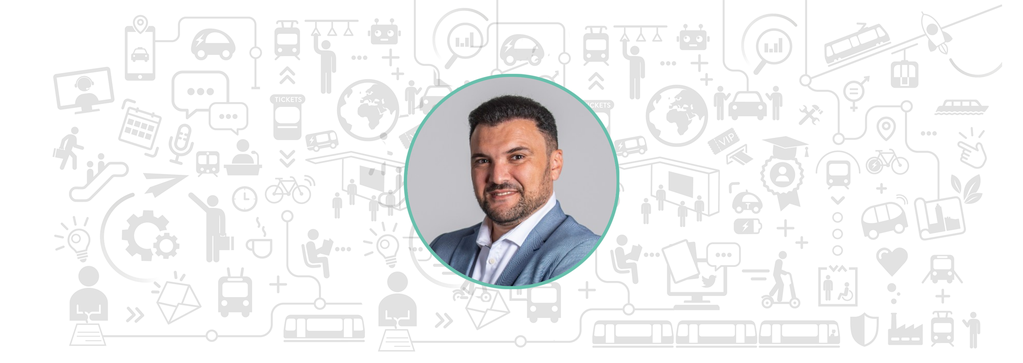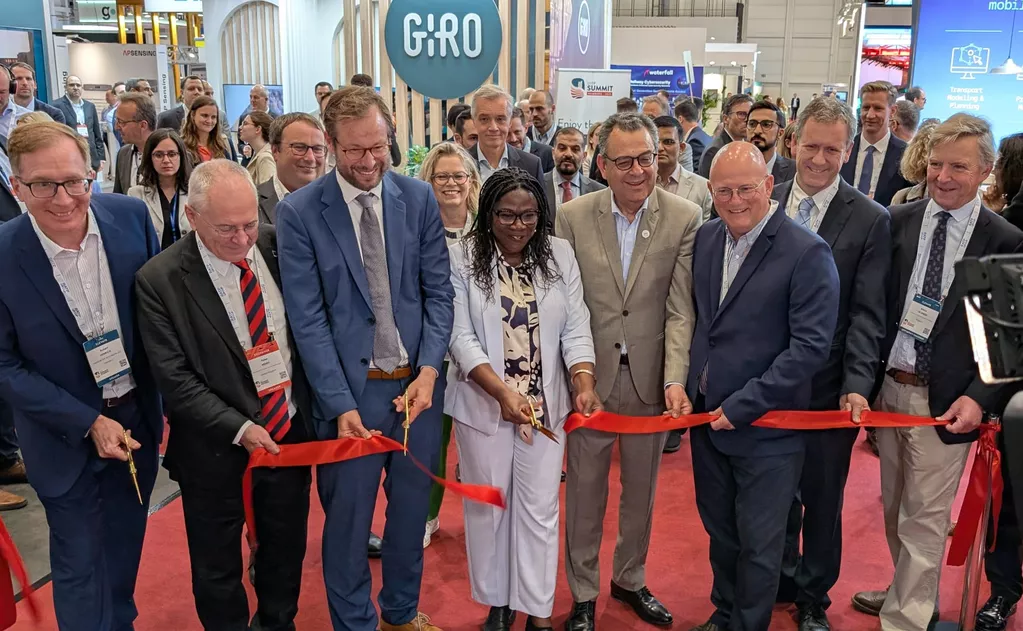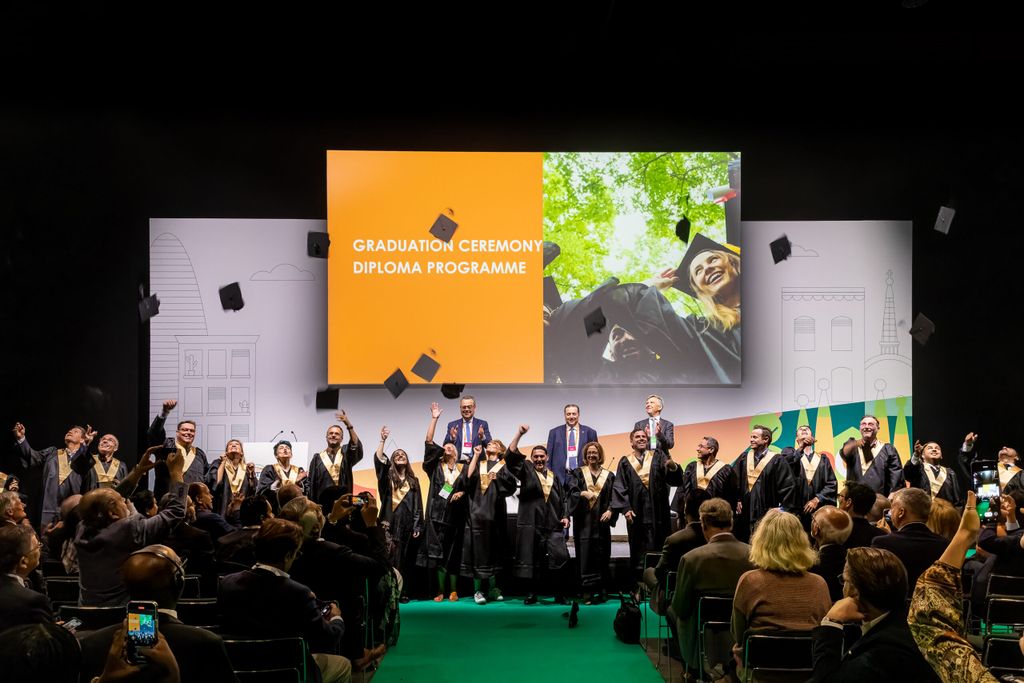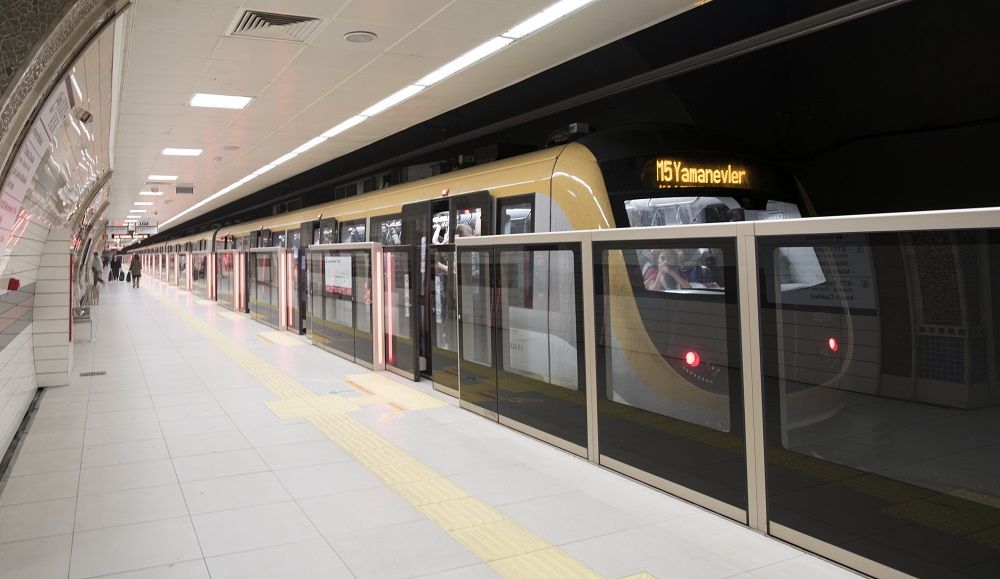
Designing and adapting the stations of tomorrow: Stations of the Future reaches final stop
approaching a spacious transport hub…
It is fully integrated with its surroundings and accessible to all. While you park your shared bike in front of the station, real-time displays inform you of any changes to your schedule. Once inside, you decide to quickly charge your phone in one of the comfortable seating areas, after which a smart elevator takes you to your sheltered platform equipped with fall-detection sensors. All the while, sustainable energy solutions power the building and station staff is around to help you with any queries.
Sounds utopian? Not really.
Instead, this was the vision of the Stations of the Future project, a collaboration between UITP and KONE, a global leader in the elevator and escalator industry. In summer 2022, we teamed up to identify ways to design and adapt stations that meet the needs and challenges of tomorrow.
Now, the Stations of the Future project has reached its final stop, taking us one step closer to making the vision a reality in stations all around the world.
“For us at KONE, our mission is to improve the flow of urban life – how people move flawlessly inside and between buildings – and working with UITP on this project, and with public transport stakeholders at large, is part of our endeavour to ensure users, citizens have an efficient, uninterrupted, and enjoyable journey through the city.”
Station design
UITP and KONE first identified emerging societal, technological, and economic challenges and trends facing station design in a post-pandemic world. A second study focused on solutions and best-practice examples of station design allowing public transport networks to meet the changing needs of passengers. A third and final report merges the first and second studies and is an essential read to anyone with an interest in public transport, station development, and the future of our cities.
Călin Hera: “Our reasoning for partnering with UITP for this research has been twofold from the beginning: on one hand, we wanted to learn more about stations, the changing needs of users, and the challenges operators face, particularly driven by post-pandemic patterns of travelling or commuting, as well as empowered by advances in digital solutions. On the other hand, we hoped to raise awareness of the importance that stations play in the day-to-day life of public transport users.”
Throughout the project, workshops and webinars with sector experts were held, complemented by intensive desk research. This allowed UITP and KONE to truly delve into the complexities of station development and evolution in depth, leveraging the collective knowledge and insights of industry experts and UITP member companies.
To enhance the user experience of stations and attract more people, transport station operators must address several key challenges that the project has identified:
- Managing people flows
- Improving connectivity with the surrounding urban environment
- Enhancing station amenities for greater user well-being
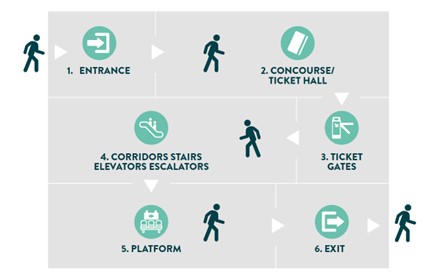
Touchpoints of the passenger journey
“One of the strengths of Stations of the Future is that it doesn’t just focus on emerging technologies or high-end digital tools such as AI or automation. There are already several reports prepared by industry on this topic. Many of the solutions we highlight are already available in transport systems or can be easily deployed without too high costs or changes of infrastructure. They can, however, improve the experience of thousands, if not millions of passengers.”
An expert webinar
Early October 2023, a final Stations of the Future webinar was held, presenting project outcomes to station design experts from across the world.
Gordana Micic, Head of Art & Architecture Office at STIB-MIVB and Advisory Board member in the project, highlighted how inclusivity in design starts with urban continuity and how integration of stations in the surroundings is of utmost essence. “It is the very basis – good station design all starts with allowing passengers to easily recognise and find stations, ensuring universal accessibility. This also applies to accessibility of information, which should allow for natural orientation and facilitate wayfinding which is important for transport services and the satisfaction of all passengers.”
Also a member of the Advisory Board, Yo Kaminagai, Head of Design in the Projects Ownership Direction at RATP Group, spoke about how the study can serve as important tool to enhance mobility policies concerning stations. “Most mobility policies deal with lines, speed, technology, energy, yet people experience most of their ‘painpoints’ in places, in stations, and in hubs. The attractiveness of public transport also relies on good stations – the results of the Stations of the Future project presents achievements that can make them better places, and open new issues to explore in the coming years.”
And explore the Station of the Future yourself
In the study many solutions associated with each stage of a user’s journey have been identified, using journey mapping to understand the main stages of passenger experience and identify essential touchpoints for improvement in a station.
Călin: “For public transport hubs, the technological possibilities are endless, yet stations must remain attractive to many, while also servicing diverse expectations. And ensuring viability means attracting both the silver economy and Gen Z passengers.”
Now, how about experiencing the Stations of the Future yourself?
To summarise project results, UITP and KONE have developed a new platform highlighting all investigated solutions and how they can improve stations. Based on three unique passenger personas, users can experience a different journey flow, browsing through a wide variety of solutions. Of course, it’s also possible to check out all the solutions at once!

The three personas used in the Stations of the Future journeys
Click here to choose your journey
Click here to see all solutions

